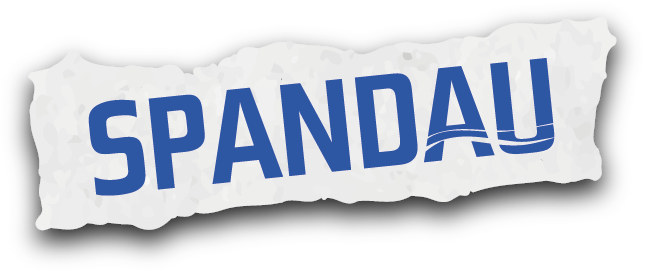- Foundry for bronze cannons, and later for all calibres
- Production of bed frames, agricultural machinery, and cars after World War I
- Use as grain storage for Berlin Senate reserves during the Cold War
Manufacturing and Munitions
-
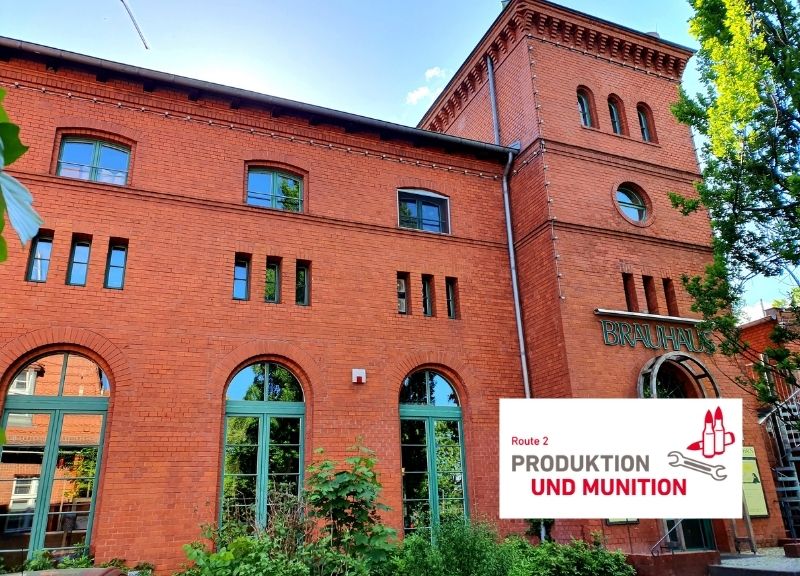 Radroute Produktion und Munition, Foto: Claudia Schwaier
Radroute Produktion und Munition, Foto: Claudia Schwaier -
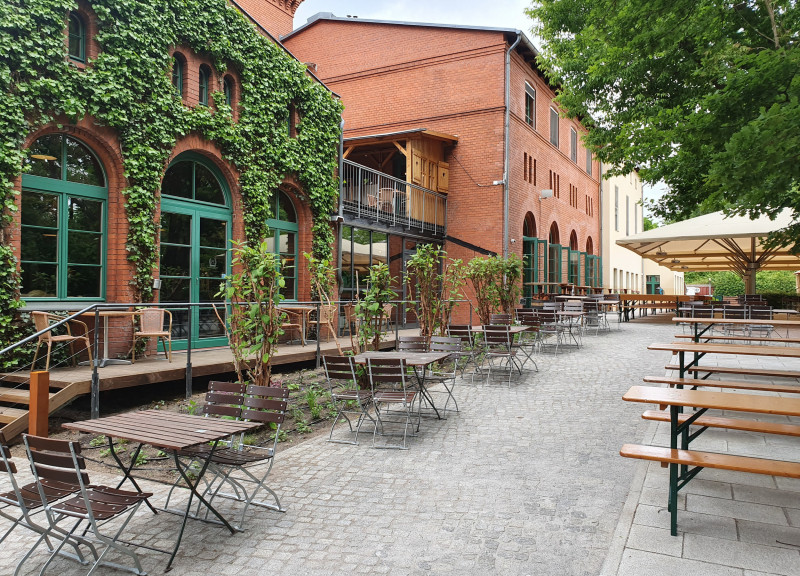 Brauhaus Biergarten, Foto: Claudia Schwaier
Brauhaus Biergarten, Foto: Claudia Schwaier -
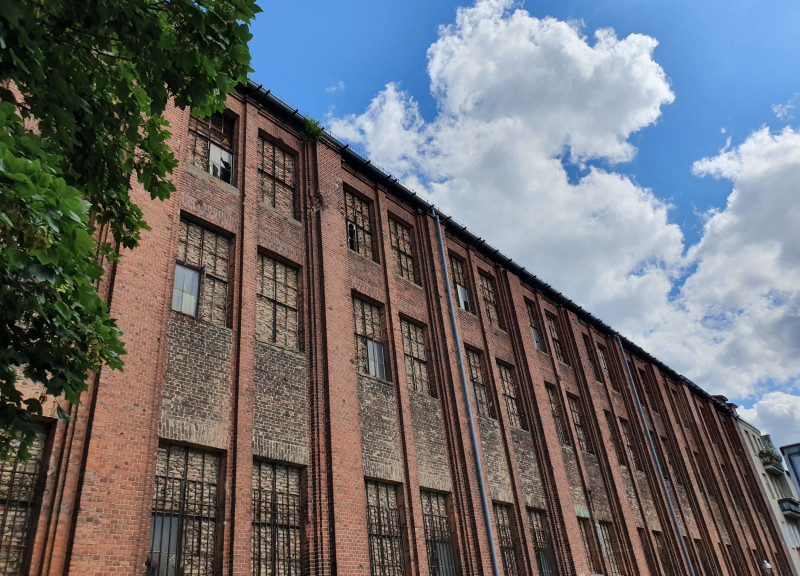 Geschützgießerei, Foto: Claudia Schwaier
Geschützgießerei, Foto: Claudia Schwaier -
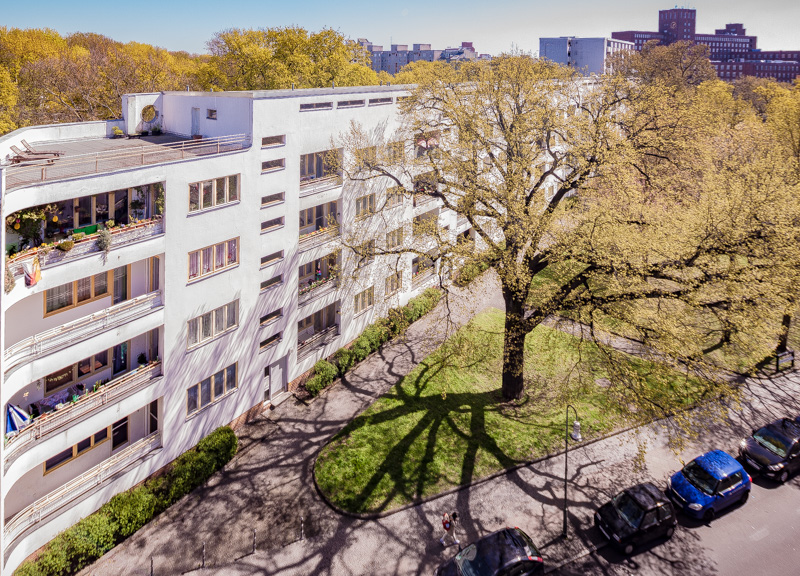 Hans Scharoun, Foto: Christian Fessel
Hans Scharoun, Foto: Christian Fessel -
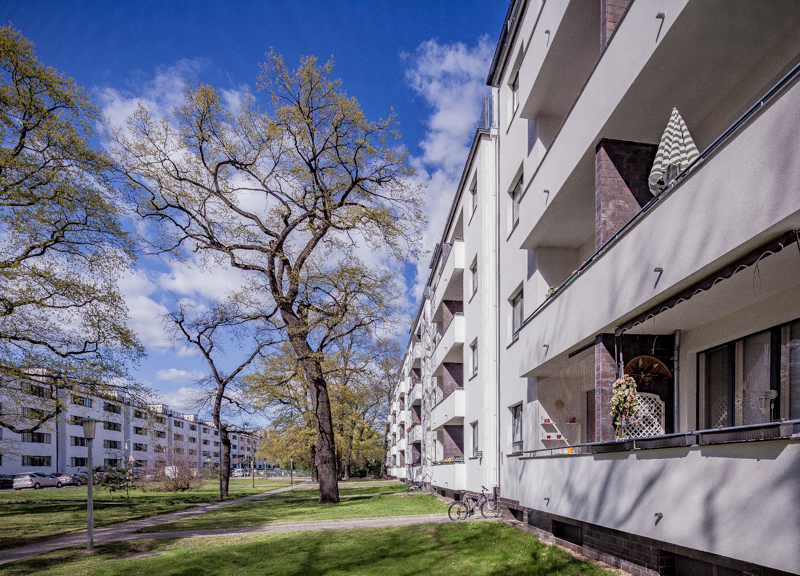 Ringsiedlung, Foto: Christian Fessel
Ringsiedlung, Foto: Christian Fessel -
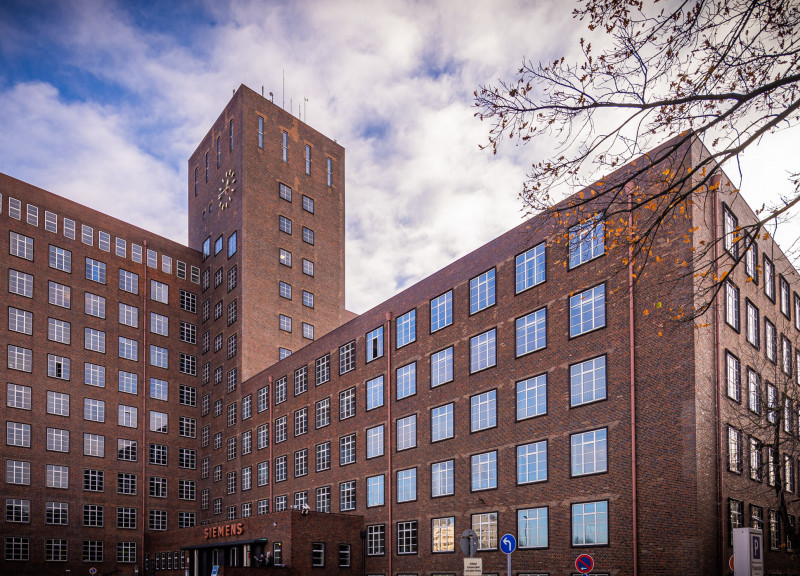 Siemensstadt, Foto: Christian Fessel
Siemensstadt, Foto: Christian Fessel -
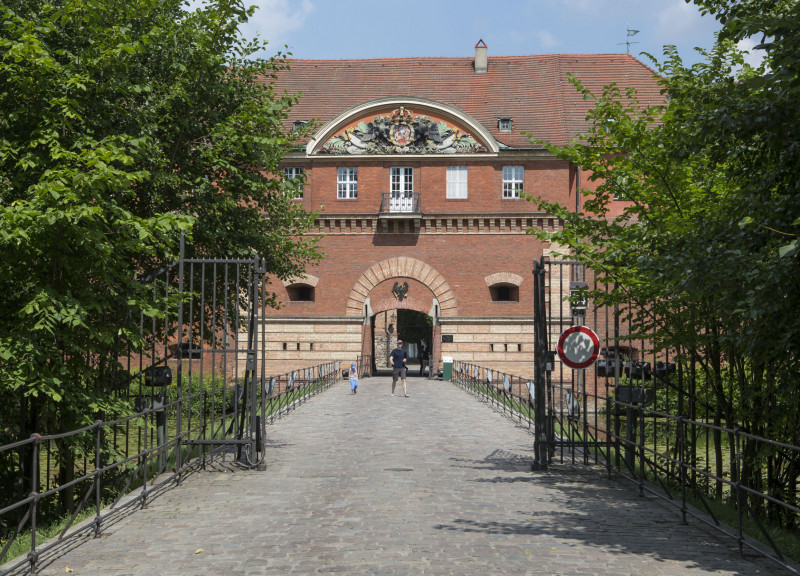 Zitadelle, Foto: visitBerlin/ Wolfgang Scholvien
Zitadelle, Foto: visitBerlin/ Wolfgang Scholvien
The Manufacturing and Munitions bike route is one of five bike routes through Berlin’s industrial culture. Each tour sheds light on a different aspect of Berlin’s history.
Industrial development began in Spandau in 1772 with a weapons factory. Spandau subsequently grew to become the centre of the Prussian armaments industry as well as a fortified military town. Many sites still standing today bore witness to this time: The Citadel is the most impressive structure preserved from the era. In the early 20th century, industrialisation resulted in the formation of even more major corporations. A new district with a pioneering architecture formed around the new factories: The Siemensstadt with modern residences and leisure activities.
On this cycling route you can ride through what seems like a giant open-air museum of industrial culture and discover interesting sites with an exciting history.
At a glance
- Not a signposted tour
- Round trip
- Best starting point: Spandau main station
- Navigation via komoot: www.komoot.de/tour/508664008
- Length: approx. 20 km
- Duration: approx. 2 hrs (riding only)
Download broschure
Garrison Washhouse
- Army steam washhouse with boiler house and water tower, garrison bakery and army commissariat
- Beer is brewed here since 1994
Royal Fireworks Laboratory
- Production and testing of combustion, grenade, and signal rockets
- Use as storage for Berlin Senate reserves and other purposes after World War I
- Currently houses residential units
Haselhorst Reich Research Housing Development
- Largest state-commissioned settlement of the Weimar Republic
- Built around a functional floor plan
- Visit a museum residence – learn more here
“Belgienhalle”
- Iron frame hangar from Valenciennes (France), misleadingly named the Belgienhalle (Belgium Hangar)
Siemensstadt Housing Development
- Rental housing and rowhouses for senior employees, constructed by architect Hans Hertlein
Jungfernheide Park
- Base of the 1st Airship Battalion
- Converted to parking after World War I
Siemensstadt Settlement
- UNESCO World Cultural Heritage Site, a.k.a. Ringsiedlung
- Six architects work on the settlement and construct small-scale housing for Siemens employees with low income
- Famous structures: Langer Jammer by Bartning and Panzerkreuzer by Scharoun
Wernerwerk High-Rise / Wernerwerk X
- New buildings named Wernerwerke after company founder Werner von Siemens
- Numbering to avoid confusion
- Architect Hans Hertlein: Creation of unmistakable Siemens style with objective and functional design
- Formerly housed administration of Siemens & Halske as well as a factory library and presentation hall
- Multiple companies are currently located here
Wernerwerk Station
- Siemensbahn was constructed to bring Siemens employees to work quickly: Constructed in just 2 years
- Operation suspended in 1980
- The track is to be reopened
Wernerwerk II and Clock Tower
- Emblem of Siemensstadt; 70 m tall clocktower containing a smokestack and a water reservoir
Siemens Headquarters
- New administration HQ since early 20th century
- Larger than every city hall in Berlin: five km long corridors, room for 5000 employees
- Now houses the Siemens Historical Institute
High-Rise Switchgear Plant
- Icon of industrial history with 175 m long production halls
- Now: education and training centre
OSRAM Glass Factory
- Manufacture of glass tubes for various lamps since 1927
- OSRAM is a 100% subsidiary of Siemens from 1987-2013
Rifle Factory /BMW Motorcycle Plant
- Rifle and munitions factory in early 20th century
- BMW purchases the property in 1939 and starts by producing airplane engines
- Motorcycle parts are produced starting in 1949, and complete motorcycles as of 1969
- More information: BMW Motorcycle Plant
Munitions Factory/MOTORWORLD Manufaktur Berlin
- Once part of the Prussian munitions industry, produced cars from 1928-1940
- MOTORWORLD now presents sports cars and vintage cars
Spandau Citadel
- Centre of Prussian munitions industry
- Important military and representational function
- More information: Citadel
